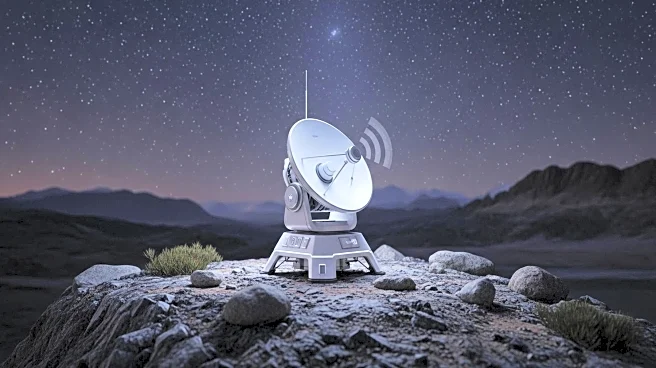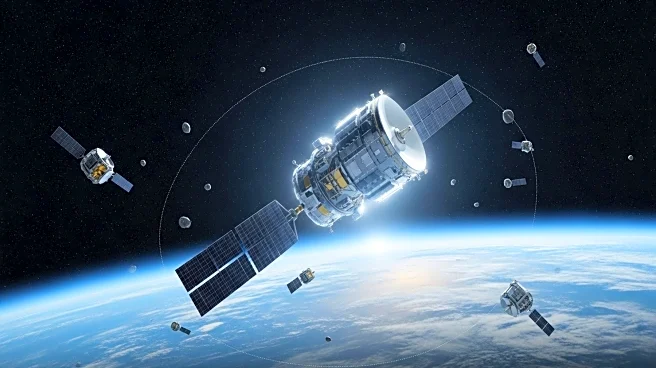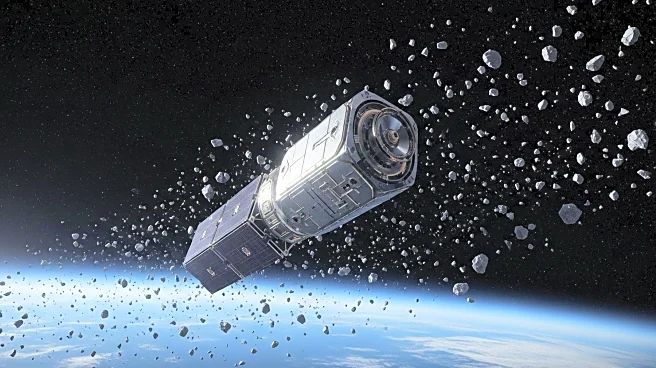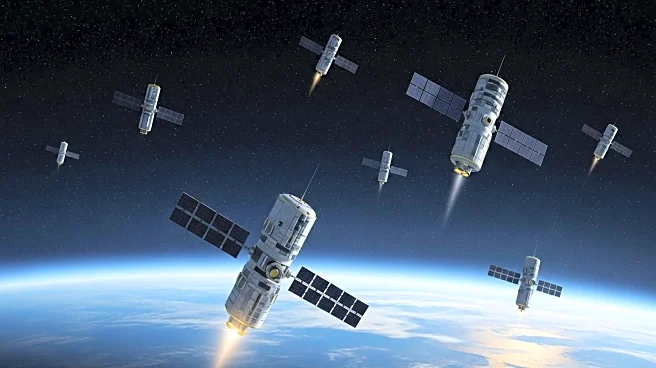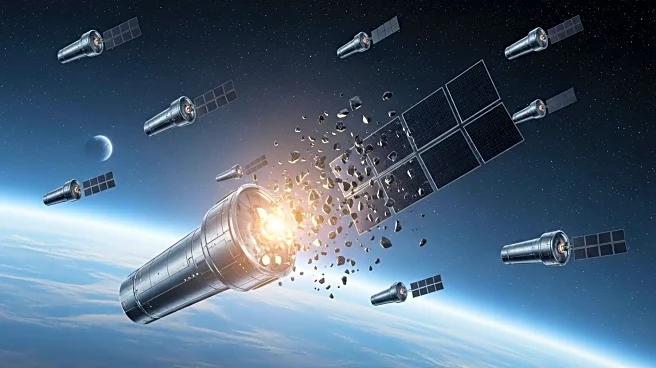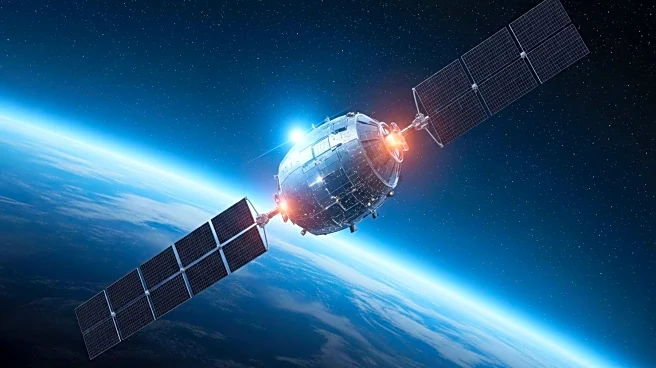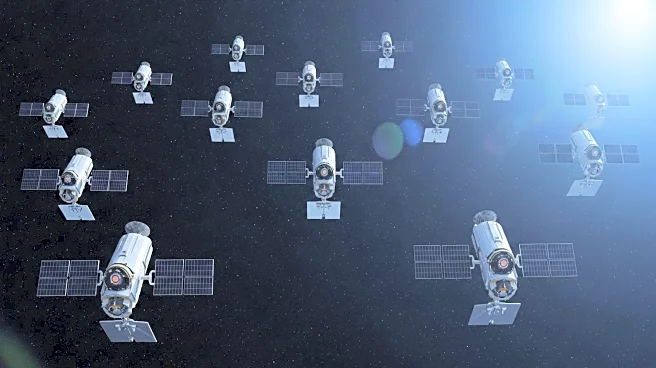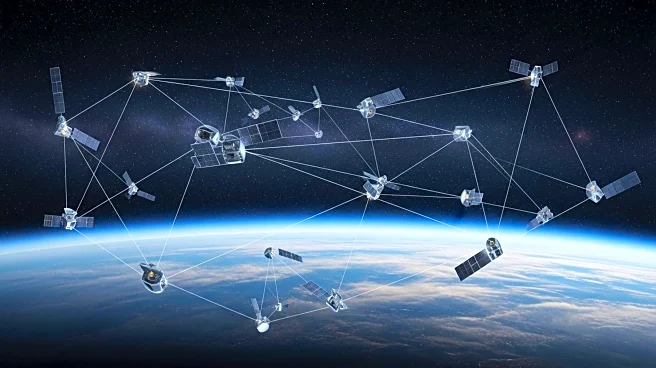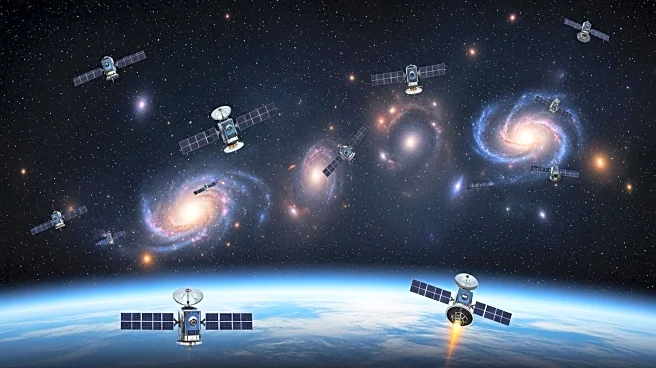What's Happening?
SpaceX's Starlink Mini is being tested for its ability to provide high-speed internet in remote locations, such as the Washington wilderness. The Starlink Mini, part of SpaceX's Roam plans, is designed for portable use, offering internet connectivity on the go. It is smaller and uses less power than the full-size Starlink dish, making it suitable for backcountry hikes, camping trips, and mobile setups like RVs and boats. The device connects to Starlink satellites orbiting 342 miles above Earth, providing internet access even in areas without traditional broadband infrastructure. The setup process involves downloading the Starlink app, checking for obstructions, and aligning the dish for optimal satellite communication.
Why It's Important?
The Starlink Mini represents a significant advancement in satellite internet technology, offering connectivity in areas previously unreachable by traditional internet services. This development is crucial for individuals and businesses operating in remote locations, providing them with access to digital communication and information. It can enhance emergency response capabilities, support remote work, and improve the quality of life for those living in isolated areas. However, the service comes with limitations, such as a low data cap and potential latency issues, which may affect its usability for high-demand applications like online gaming.
What's Next?
As SpaceX continues to expand its Starlink satellite network, further improvements in connectivity and service reliability are expected. The company may address current limitations, such as data caps and latency, to make the service more appealing to a broader audience. Additionally, SpaceX's ongoing efforts to reduce satellite obstructions and enhance power efficiency could lead to more widespread adoption of the Starlink Mini. Stakeholders, including rural communities, outdoor enthusiasts, and mobile businesses, are likely to monitor these developments closely.
Beyond the Headlines
The deployment of Starlink Mini raises questions about the environmental impact of increased satellite launches and space debris. As more satellites are launched, concerns about space traffic management and the long-term sustainability of satellite networks grow. Additionally, the reliance on satellite internet in remote areas highlights the digital divide and the need for equitable access to technology across different regions.
